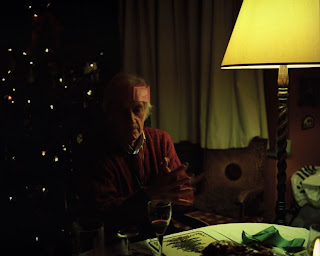By all accounts this is a relentlessly tense film, delivering an original plot, and making evocative use of attractive compositional photography. It is also very refreshing to have such a succinct screening, which I believe strongly contributed to the power of its tension.
The film follows the ingenious (and sometimes unbelievable) exploits of a group of assassins, who succeed in posing every murder as a freak accident. When it seems that they have fallen victim to a similar scheme, the leading character Brain, takes on an intense and unforgiving search to discover why they were targeted, and who by. Delivered as an intelligent and uneasy thriller, this is a film which engrosses the viewer with mystery, conspiracy, and fear – aided by its clever application of cinematography.
I do feel however that the film lacks something, and I think it is character empathy. If we take it that one of the basic aims of cinema is to convince the audience of a story, and of the characters’ plight within that story, then I think this is where 'Accident' slips a little. Think of Fatty’s death – the audience could have benefited from some more character developing scenes, so as to encourage more sympathy towards him. Such scenes, or even moments, could be added without damaging the film’s tight edit. In cinema, a lot can be conveyed in very little time. These scenes would help to break up the continuous moments of tension, and provide more of a balanced pace regarding the suspense of the film, as well as involving the audience with the characters on a deeper emotional level.
However, it may well have been director Soi Cheang’s intention to keep this film almost entirely plot focussed (after the initial scenes, the story solely concentrates on the protagonist’s relentless drive to solve the mystery) in which case it should be regarded as a very intriguing piece of cinema, with its challenge to the etiquette and expectations of screen delivery.
By George Rippon
I'm keen on cinema, and having the opportunity to write about it critically and then receive appreciation, was very encouraging. I intend to continue.
Thanks to Coventry University East Asian Film Society for screening this and many other excellent films. http://mcopenmediacoventry.org/cueafs/

























